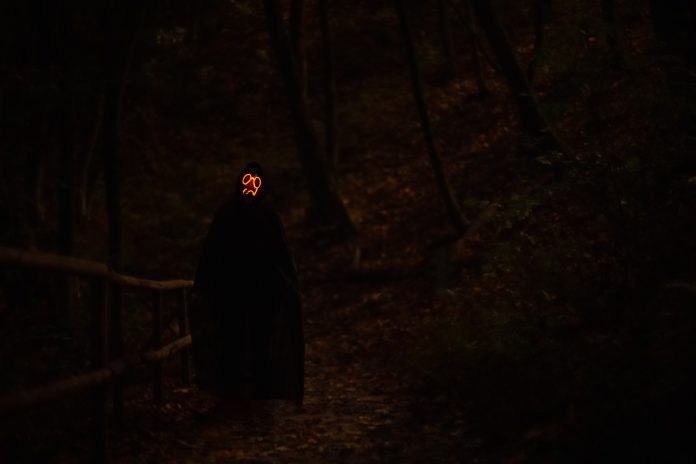Dimethyltryptamine, more commonly known as DMT, is a powerful hallucinogenic compound that has fascinated researchers, psychonauts, and spiritual seekers for decades. Unlike other psychoactive substances, DMT users frequently report encounters with seemingly autonomous entities during their experiences.
What is DMT?
Despite the subjective nature of these encounters, similarities among the descriptions have led to intriguing discussions about the nature of consciousness, perception, and the substance itself.
DMT is naturally present in many plants and animals, and it has a long history of use in shamanistic rituals.
Its effects can be remarkably intense, with vivid hallucinations, altered perception of time, and an overwhelming sense of unreality.
DMT & entities
It’s the perceived interaction with other beings — often described as ethereal, wise, and sometimes playful — that has provoked the most profound fascination.
These encounters take many forms, but they tend to fall into certain broad categories. The most commonly reported entities include:
1. Machine Elves: The term ‘machine elves’ was popularized by renowned psychonaut and philosopher Terence McKenna. These beings are frequently described as jester-like, geometric entities that guide users through the DMT space, communicating in a complex, symbolic language.
2. Ancestral Spirits: Many users feel a sense of deep connection with the past during their DMT journey, describing encounters with beings that seem to be their ancestors or figures from ancient civilizations.
3. Divine Beings: Whether referred to as angels, deities, or simply ‘higher powers’, these majestic entities embody a sense of wisdom and understanding that is often beyond human comprehension.
4. Alien Life Forms: Experiences of meeting extra-terrestrial or interdimensional beings are also quite common, aligning with theories of DMT potentially facilitating communication across dimensions.
The intriguing aspect of these encounters is the pervasive sense of realness reported by users.
The entities are typically described as ‘hyperreal’, possessing an intensity that exceeds ordinary reality.
Many individuals come out of the experience with profound insights, feeling that they’ve received wisdom or knowledge from these beings.
The interpretations of these experiences are as diverse as the experiences themselves. Some view these entities as projections of the human subconscious, embodying aspects of ourselves or our collective consciousness that we may not readily access.
Others see them as genuine external intelligences, proposing more esoteric theories involving parallel dimensions and quantum consciousness.
Research of DMT
Despite a growing body of anecdotal reports, the scientific understanding of DMT and its effects remains limited.
As the psychedelic renaissance continues though more research around DMT is coming to fruition.
Imperial College London researchers published a study demonstrating the safety of extended doses of DMT, setting the foundation for future research.
A study by biotechnology company Small Pharma Inc demonstrated positive results in using DMT to improve depression symptoms.
In the trial, patients with Major Depressive Disorder received DMT along with supportive therapy, with 64% of those achieving remission within three months maintaining the remission for six months.
The study involved testing four doses of prolonged DMT, each lasting 30 minutes, along with a placebo in eleven healthy volunteers.
The volunteers experienced low anxiety during the trial, with initial elevated heart rates stabilizing within 10–15 minutes, suggesting psychological tolerance over time.
This work not only proves DMT’s safety but also offers a methodology for future studies, potentially aiding in mental health treatment.
Theories of DMT entities
Some researchers theorize that the entities are hallucinatory phenomena produced by these intense neurological changes.
However, the ubiquity and consistency of entity encounters under DMT provoke questions that current neuroscience struggles to answer.
If these are merely hallucinations, why do so many people report similar beings and interactions?
Could these experiences provide insights into the nature of consciousness itself, or even hint at realities beyond our usual perception?
The mystery of DMT entities remains a rich field of exploration, straddling the boundary between science and spirituality.
As the interest in psychedelic research continues to grow, our understanding of these fascinating phenomena may yet evolve, potentially offering new perspectives on consciousness, perception, and the mysteries of the human mind.
Until then, the experiences of those who venture into the DMT realm continue to challenge, mystify, and inspire.


